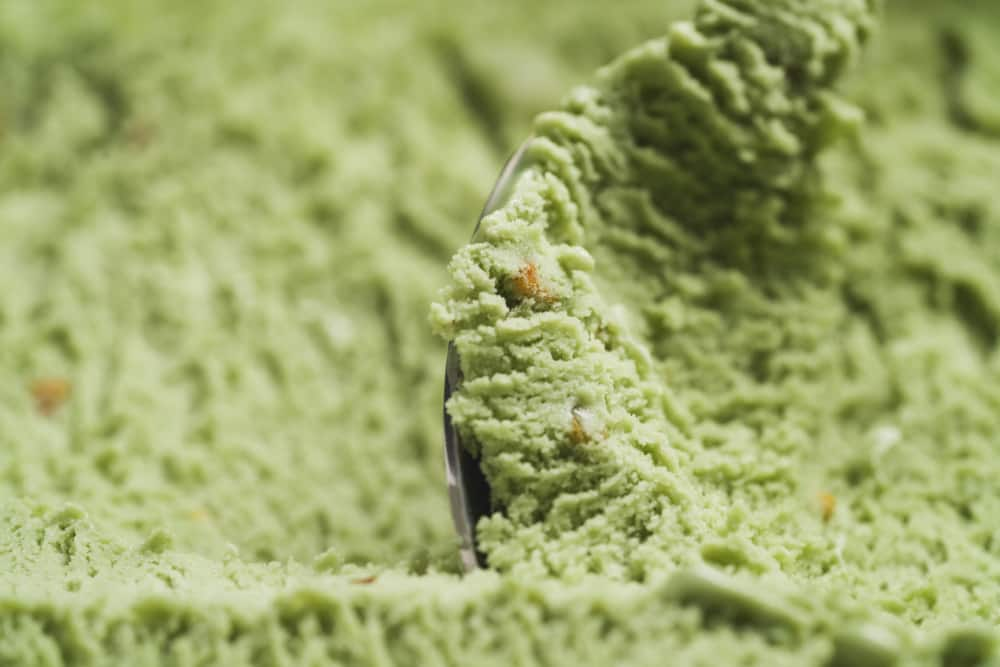How much is the plastic that infests the oceans of our planet? And how much do we spend each year in the (seemingly) endless expanses of water that surround us? And the Mediterranean? What plastic is there among the waste that spoils our sea? How long does a plastic object take to disperse in the environment?
No. They are not the questions of a painful beach quiz. These are the questions we can no longer elude, especially when – as everyone – as always – we use plastic containers for food and drinks on a daily basis. The most urgent and effective answers, even before the numbers, are in the solutions. Personal, daily, diligent, burdensome and sometimes a bit pedantic, where it is the responsibility of us consumers. Structural and innovative when companies come up with them.
All the inhabitants of this generous and offended planet have the duty to buy more streamlined packaging (when and where possible) and of to recycle: more and better than what we do. Suffice it to say that worldwide only 14% of plastic packaging arrives at recycling plants and only 8% is actually recycled, while a third ends up in ecosystems. Companies are responsible for investing in research to create new consumption patterns. A virtuous example is the new Carte d’Or (Unilever) ice cream tubs. Made of paper coupled with a layer of bioplastic (which allows it to be waterproof and therefore suitable for ice cream), they are compostable (therefore they can be eliminated in the damp) or, according to local regulations, recyclable (with the card).
The operation, as stated in their slogan "No, Better, Less Plastic", aims to contain the use of plastic in packaging: from 2010 to today the impact of Carte d’Or packs on waste has decreased by one third and by 2020 should be reduced by half. Unilever pilot project in Italy, is realized in collaboration with WWF Italy.
The presence of plastic in our waters is now aworldwide emergency: the United Nations Environment Program (UNEP) has included it among the 6 most serious (together with climate change, ocean acidification and loss of biodiversity). Sea turtles, birds, fish, birds and mammals are at risk: the larger pieces injure or strangle the animals, while the smaller ones are ingested (up to 170 fragments have been found in the stomach of a sea turtle), often causing the death. The Mediterranean is then very dense with microplastics, small and insidious fragments, which also have concentrations of 1.25 million fragments per square kilometer, almost 4 times those of the infamous plastic island of the North Pacific. It is expected that, without interventions, by 2050 in the oceans there will be, in terms of weight, more plastic than fish. Mask, fin and snorkel could therefore become obsolete.
To cope with this disaster you can (indeed we can, must) first of all sign for the #PLASTICFREE campaign that WWF Italy launched on change.org. Participate in the Plastic Free Beaches tour: always supported by WWF with Carte d’Or main partnership, starts on June 3 (in preparation for World Oceans Day, 8) for clean the Italian coasts. On the first date, WWF volunteers and Unilever Italia employees will dedicate themselves to a beach on the Roman coast. Last summer, in a similar WWF initiative, 20 kilometers of coasts were sieved and, from the Romagna coast to the coves of Sardinia, over 1,000 volunteers collected the most varied objects: cotton buds (in a beach you find 4,000), envelopes of plastic, bottles and caps, polystyrene, nets, syringes, remains of buoys, but also car bumpers, tires, water heaters and mattresses.
For the lazy, the beach test remains. That if nothing else, provides the measure of the problem. How much plastic in the oceans? Over 150 million tons with an annual increase of 8. Is the percentage of plastic compared to the total waste in the Mediterranean? 95% between sea, seabed and beaches (from Turkey and Spain, followed by -ahinoi from Italy, Egypt and France). And tourists generate a 40% increase in summer plastic pollution in the Mediterranean. In our sea they are at risk well 134 species, between marine animals and birds. The survival of plastic in the environment? Years, centuries, but even more. At sea a glass 50 years, a fishing line 600. Most do not biodegrade in any way and will remain in nature for hundreds or thousands of years. How much it is recycled plastic from the market in the very civilized Europe? Stop at 6%! Recycling helps. But avoid plastic replacing it with other materials is much better. To still earn so many magical baths in the sea. Maybe enjoying ice creams (and other foods produced by sensitive companies) that do not require the use of plastic.
Livia Fagetti
6 May 2019
This recipe has already been read 236 times!
